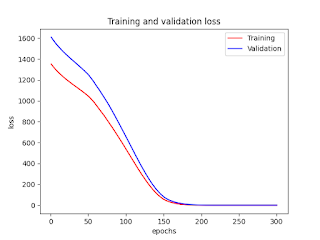Seven deadly sins nowadays:
1. Pride: Instagram
2. Greed: LinkedIn
3. Lust: Tinder
4. Envy: Facebook
5. Gluttony: Yelp
6. Wrath: Twitter
7. Sloth: Netflix
The Financial Journal is a blog for all financial industry professionals. This blog has been, and always will be, interactive, intellectually stimulating, and open platform for all readers.
| Organizations | Winning | Losing (Japanese Military during the WW2) |
| Strategy: Purpose | Clear | Unclear |
| Strategy: KPI | Long-term goal | Short-term results |
| Strategy: Deductive / Inductive | Deductive (grand design) (*) | Inductive (incremental, expeirience) |
| Strategy: Options | Wide, integrated, and adaptive | Narrow and fixed |
| Strategy: Technology System | Structured, standardized, and systematic | Individuals-oriented |
| Organization: Structure | Systematic | Individual-dependent network |
| Organization: Integration | Systemic, task force | Individual relationship |
| Organization: Learning | Double loops (deductive and inductive) | Single loop (inductive) |
| Organization: Evaluation | Results | Motivation, process |
Deep Learning (Regression, Multiple Features/Explanatory Variables, Supervised Learning): Impelementation and Showing Biases and Weights ...
